Turkey, October,2002
Istanbul, Turkey

In October, 2002, we planned a two weeks trip to Central Europe and the itinerary included Romania, Bulgaria, Turkey, and Greece. We flew into Bucharest (more on Bucharest later) for our two days stay before heading out to Istanbul, Turkey by train.The train would take us through Romania, and Bulgaria to Turkey. Our plan was to go to the station and have lunch, and buy snacks and something for dinner to carry with us on the train. When we arrived at the station, we got a shock to see that place was totally deserted, but for a few passengers who were waiting for the train. There was one small stall where they were selling some candy treats and amenities, may be magazines. We went out and got some lunch and a few snacks to carry with us, again thinking we could get a meal in the dining car of the train. But that also turned out to be a mirage. There was no dinning car; therefore, we had to settle for whatever we had with us. Our journey started at exactly 2:05pm as scheduled and was supposed to last for 18 hours.
The passengers in our part of the car were some lively young people who were, obviously, wanderers traveling in Europe on budget with backpacks and having a great time. We met a couple from Vancouver, and two other young people also from Canada. There was another older couple, Joanne and Paul who were in the cabin next to us. They were, apparently, regular visitors to Istanbul and gave us a lot of information which was very helpful. They suggested that we stay in a Hotel called Seugma, in Sultnahmet District which is the heart of historic Old Istanbul and best base for sightseeing in Istanbul. Talking with all the passengers was a good entertainment while the train chugged along with its hissing and screeching on a huge, very wide bridge on the immense, shimmering, beautiful River Danube running along the awesome plains and plateaus. Our journey was long, more than 24 hours, to get to Istanbul, our destination. We had to cross borders of adjacent countries. Therefore, we crossed from Romania to Bulgaria to Turkey. We settled down in our very comfortable cabin with comfortable berths for the night.
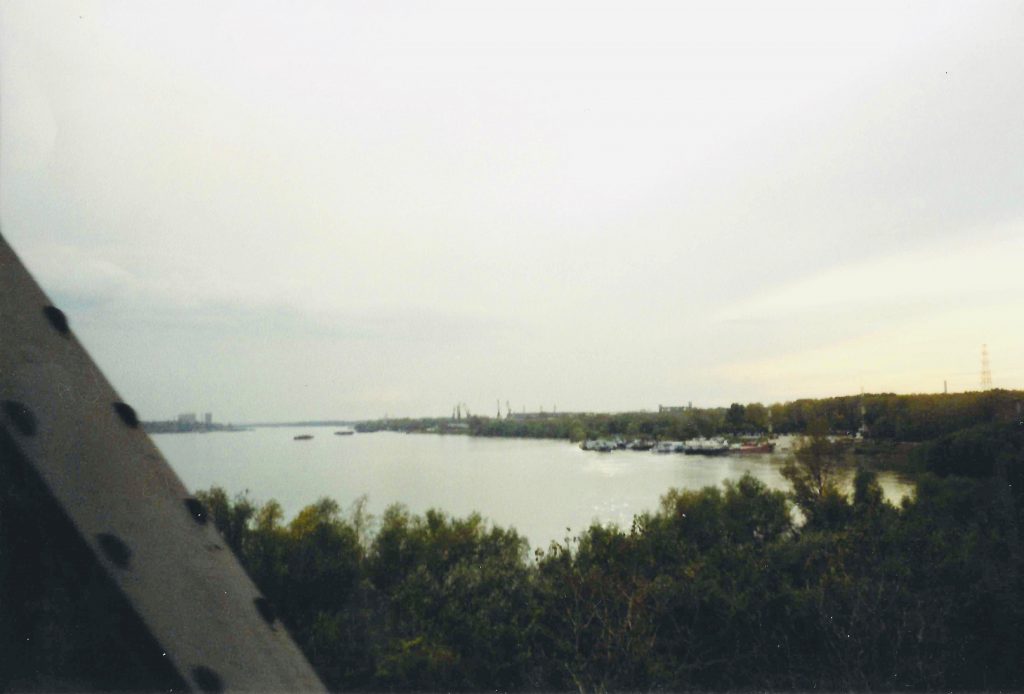
Each time we came to a border, the train stopped and it felt like we were in some kind of war zone and was going to be trouble. On our first stop, a lot of uniformed inspectors got on board on the Romanian side at the Bulgarian border. With great commotion the cabin was searched with a hint of aggression, luggage and tickets were inspected with huge, shining flash lights. After all that thunder and lightning, they left and it did not take long for us to enter Bulgaria where the train came to a stop again and second set of uniformed security people from Bulgaria thundered into the cabins to carry out similar checks before they allowed the train to enter the country. Throughout Bulgaria to Turkey the ride was extremely rough, with tremendous amount of noise and violent moves from side to side making it a very scary experience. Anyway what with the rough ride and frequent inspections we got no sleep as we were awakened before and after each border crossing. At last, we reached the border of Turkey at 3:am. An announcement was made in a spooky, alien voice in a language we didn’t understand. We had no idea where to go, or what to do. They did not explain. Even if they did, language would have been a problem. By this time our car was empty for everyone ran out to get the visa. Luckily, I saw a young man coming back in after getting the visa, and asked him about what he had to do to get the visa. He was very gracious and explained to us that we need to take $65/- per person cash, passports, and tickets and walk to the cashier-stand first to pay, and then to the office next to it to have the visa stamped on the passport. It was a great help and everything went smoothly. After the immigration check, we were on our way to Istanbul. The train departed promptly and was at a full throttle on a snake tract while it rained torrentially. All the ingredients of terror travel seemed to be in the offing.
At last we came to Istanbul railway station at 10: am instead of 8: am. Happy to be there, we found that the station was pretty modern and of a considerable size. From there we took a taxi to go to Hotel Seugma, recommended by Joanne and Paul who were traveling with us, located in a central place. The location of Seugma was extremely ideal. It was in, Sultanahmet, the old city center of Istanbul. We were excited to be in this dream, multifaceted city with anticipation of enjoying its richest history, culture, and cuisine. After checking, We went to our room and freshened up to come down for breakfast. We ordered their typical and only breakfast which consisted of boiled eggs, sliced tomatoes, sliced cucumbers, sliced cheddar cheese, feta cheese, bread rolls and coffee. One of the unique feature was that they had the tea in a samovar which was divided vertically in two parts. One half had concentrated tea in it, and the other half had boiling water, and people could dispense desired amounts of coffee and water to suit their own taste. The best part for me about staying in this neat hotel was that it had an old book store right in their basement. I spent time going through their bookshelf and enjoyed it when I had time to spare, sadly there was not enough time.
On our first day we went on a walking tour which started with Hippodrome. Hippodrome, a stadium, played an important role in the city’s life. Much more went on there than just the games and chariot races. Emperors celebrated their victories and executed their enemies. Games were not only symbolic of various political aspects, but also evolved into strange communion between the emperor and his people. Hippodrome is a square and its center line can be traced through three surviving columns: Column of Constantine, Serpentine Column, and Emperor Theodosius bought the obelisk from Egypt in 390 and erected it in the Hippodrome.
Then we walked over to Topkapi palace, which became a museum in April, 1924 by the order of Ataturk, and was built by Mehmet Fatih on the hill north of Beyazit square, near where the Golden Horn joins the Bosphorus. Suleyman the Magnificent was the first to move to Topkapi palace permanently. Richest Collections of porcelain and emeralds survived even though most of the treasures were sold off when the empire was teetering at the edge of bankruptcy.
The hill where the Palace stands had been the acropolis of ancient Byzantium. Palace complex has three gate. The Bab-I Humanyun (Imperial Gate) is the main entrance to the Palace on Hagia Sophia side and built in the time of Sultan Mehmed. The Babusselam-Gate of Salutation (Middle Gate) has two towers and was a symbol of pomp and majesty of Ottoman State. The Babus saade(Gate of Felicity) Important icon of Ottoman Empire. It served as an entrance to the private residence of the sultan.
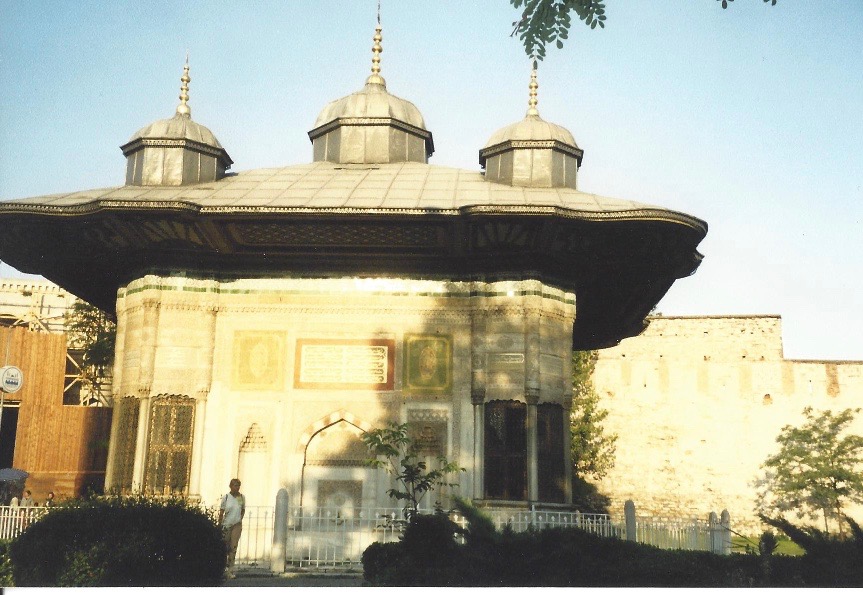
A large section of the museum was closed but we were able to visit the treasury, Sultans costumes and Holy relics, but were not permitted to take photographs. We were lucky to be able to see Talismanic wrap, a tooth, and hairs from the beard of the Prophet Mohammed. Then there was an Audience Chamber where viziers presented the issues to the king.
Topkopi Palace,Hagia Sofia, and Blue Mosque are in a walking distance of each other . Hagia Sofia was built as a cathedral in the 6thcentury during Byzantine rule. It was converted to a mosque during ottoman period. It has a largest dome after St. Peters in Rome and St Paul in London. Christian icons and painted images were covered because Muslims considered it idolatry. But when it became a museum in 1933, images were uncovered and could be seen in many areas of the church. when we were there in 2002 the work was still ongoing and was not completed.


The Blue Mosque is across the square from Hagia Sofia and was constructed by Sultan Ahmet in 1619 as a matching bookend to it across the square from it. It was acclaimed for its finest architecture. Inside it has 21000 iznik tiles painted with blue Arabesque, therefore its name. This was the only mosque which was built with six minarets as opposed to the usual 2 or 4. This led to a chorus of protest because until then only shrine in Kaba was allowed six minarets. Mehmet was forced to send Mehmet Aga down to mecca to build a seventh minaret. Ahmet died when he was 27-year-old and was buried near this creation. The tour also included the visit to Basilica Cistern, and Valens Aquaduct.
Basilica Cistern also known as Sunken Cistern is an ancient water reservoir, built on the site where there was a Basilica, and held 100000 tons of water to be supplied to the entire city. The roof of the cistern has herring bone design. And the most striking features are the Medusa heads holding up the two pillars; One head is completely upside down and the other is sideways, both at the base of the column, but it is not known why. There is another solitary column in this forest of pillars in the Cistern called column of tears with peacock feather designs all along the surface. It was believed that the peacock design may have depicted immortality to the designers, because peacock meat stays fresh much longer than any other fresh meat.

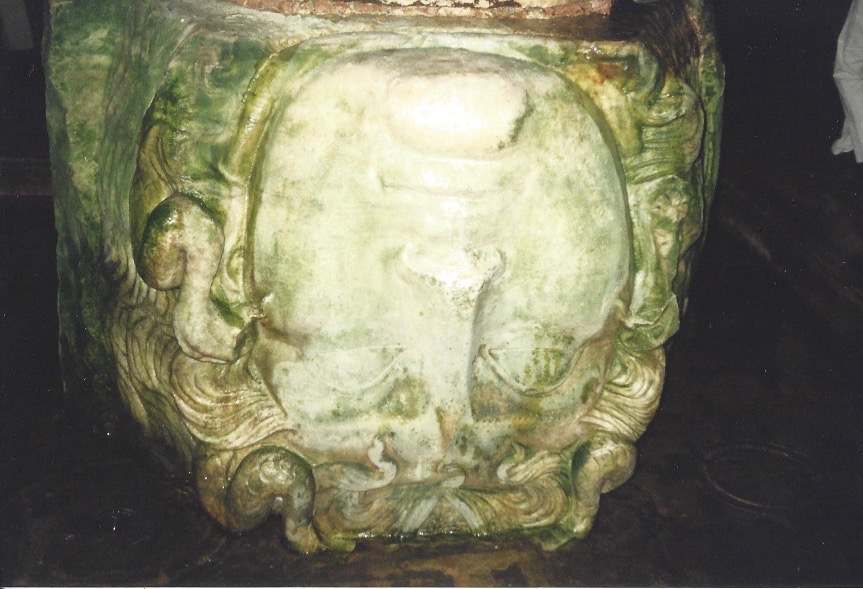

Romans built Aquaducts in Europan cities supplied water to the cites and still have some limited use in most places including Turkey.

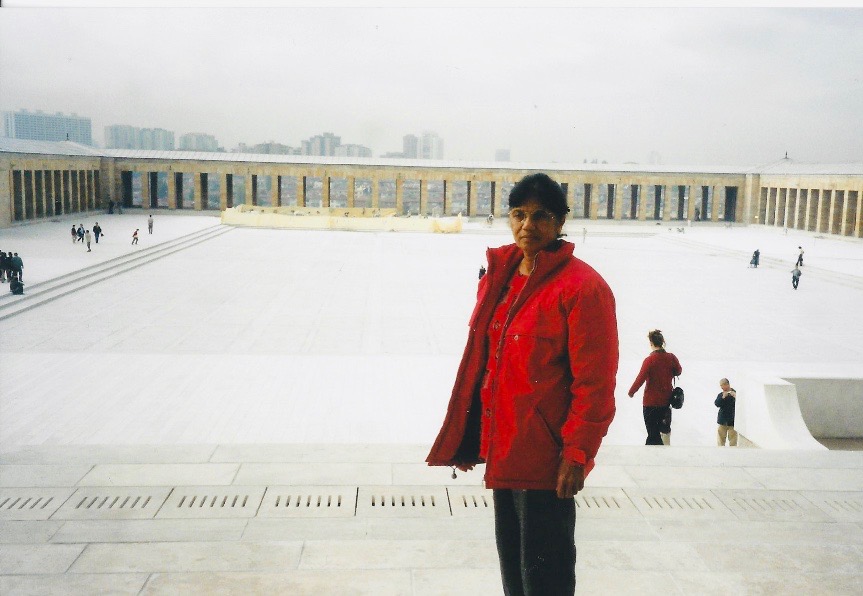
The tour continued with our visit to Grand Bazar, which is a covered market in Istanbul and is one of the largest and oldest in the world and is the mother of all the shopping malls. While there, we were taken to a wholesale Turkish rugs presentation and we came out after buying a rug we cherish in our TV area in our Bedroom.
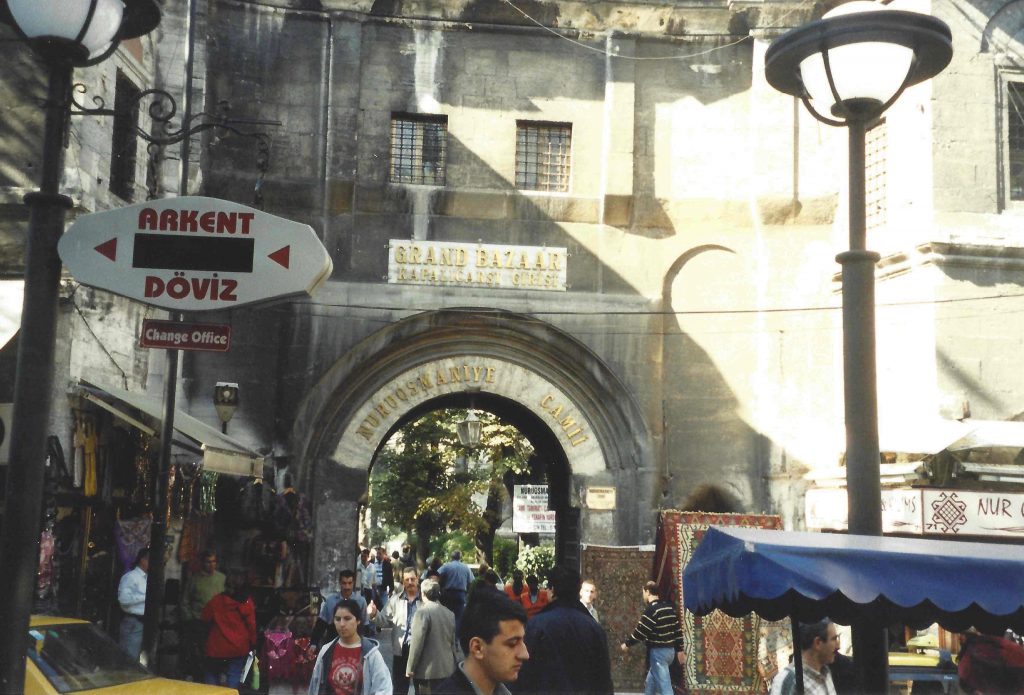
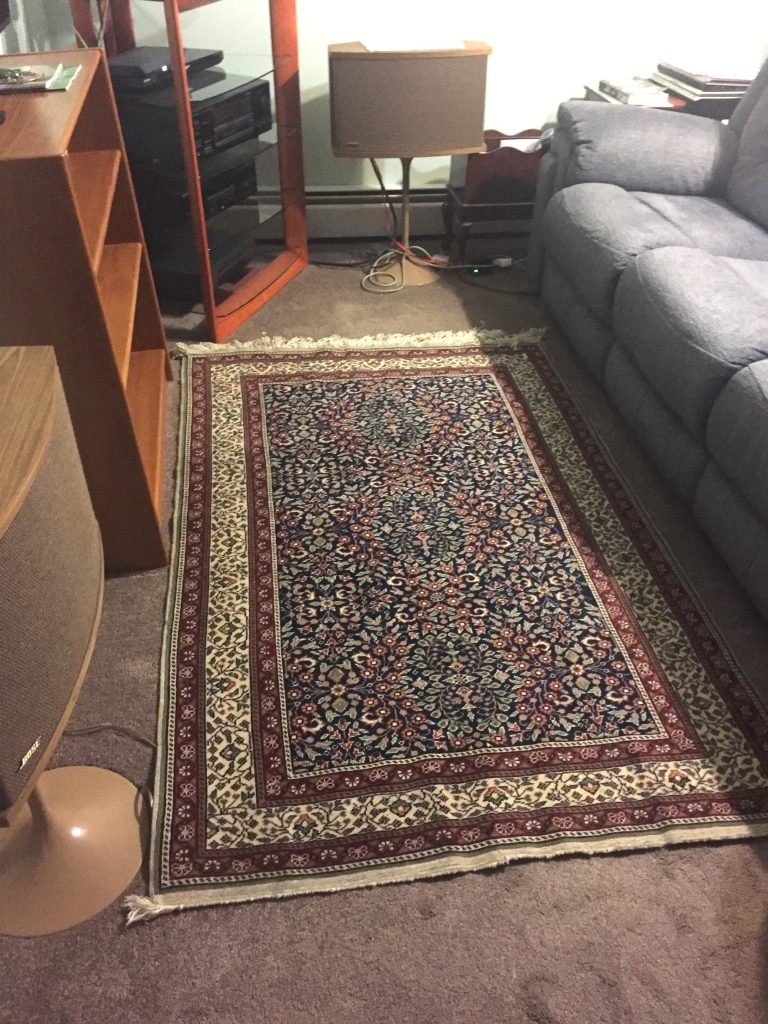
Next and last stop for the day was Sulaymania Mosque built by master architect Mimar Sinan. Its beautiful facade was even more beautiful and awe inspiring with its four minarets punctuating the skyline. Entrance to the mosque required some dress rules for the visitors; women were required to cover their hair and arms, as well as their leg, whereas men could wear short sleeve shirt as long as they have long trouser to enter the mosque. Once inside, the ambience was of perfect peace and tranquility. The interior of the mosque is decorated with Iznik tiles and colorful carpets. There were beautiful chandeliers hanging from the ceiling, and dangling from the center of each chandeliers were Ostrich eggs. Apparently, Mimar Sinan, the architect used this natural method to protect the mosque from spider webs and insects. It was believed that ostrich eggs emit odors which insects such as spiders find it unbearable. We were not allowed to take pictures inside the mosque. This from outside, and not mine.
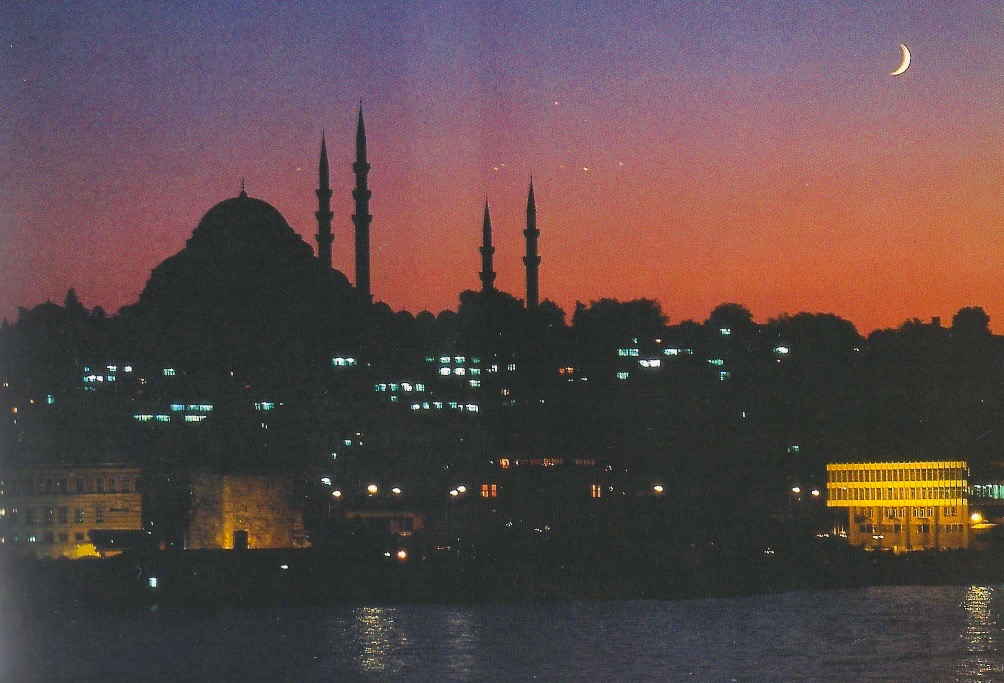
Sightseeing in Istanbul was full of excitement, discoveries and realization for me that how Hyderabad and Turkey shared common social and cultural traditions. Which brings me to mention the fact that the last ruler of Hyderabad, Osman Ali Khan, descendent of Asaf Shah dynasty, had two of his sons married to Turkish princesses. His eldest son Azam Jah married princess Durreshvar, daughter of the deposed Caliph, Sultan Abdul Majeed of Turkey; and Osman Ali Khan’s second son, Moazzam Jah married Nilofer, the niece of Durreshvar. In turn Azam Jahs two sons Mukkaram Jah and Muqqafam Jah also married Turkish princesses, Esra and Esin. These marriages between the two dynasties oceans apart had a strong influence on both cultures. Everything in Istanbul reminded me of my life in Hyderabad, and was really happy and surprised to see how much social, and cultural tradition we shared. Turkish restaurants served delicious Turkish Kafta kebabs, which are popular restaurant item on the menu in Hyderabad. And in Istanbul Yahin Pilaf reminded me of yakni Palao which is common in India and Pakistan, and a fairly regular go to item.
In Istanbul, I saw men in Romi topi (Tarbush) which was really a surprise for me. Romi Topi was part of the elegance in the way men dressed for work and special occasions in Hyderabad. In Hyderabad Sherwani ,men’s long jacket, (Sherwani evolved from Turkish Cape which was given a more Indian form) and Romi Topi (Trabush) was part of the business attire during Muslim rule. I couldn’t help but reminisce about my life with my parents, but especially about my father who went to the Court (he was a judge) dressed in a Sherwani, and with Romi Topi every day. Romi topi seen in is picture were usually Maroon or red in color with a healthy black tassel on the side.

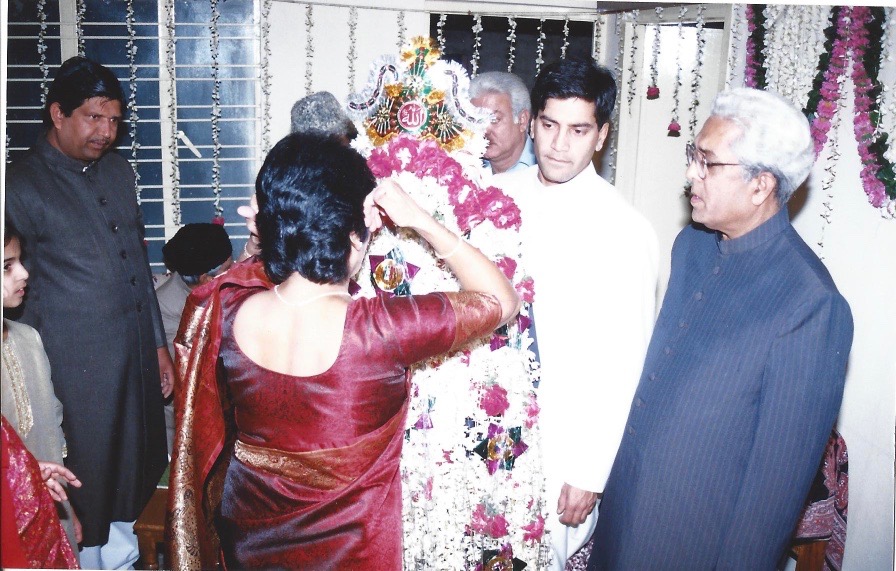
I reveled at my good fortune that I am part of this cultural heritage which still exists, though in small measures, in some parts of Hyderabad, and some sections of some cities in India, and even among the Muslim diaspora around the world. Next Post


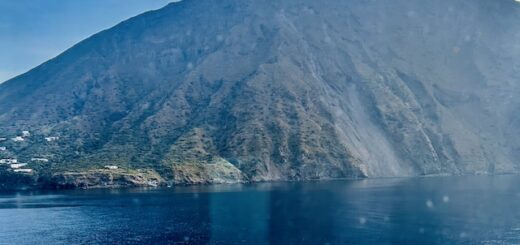
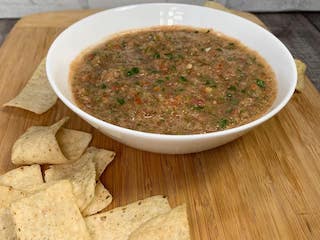
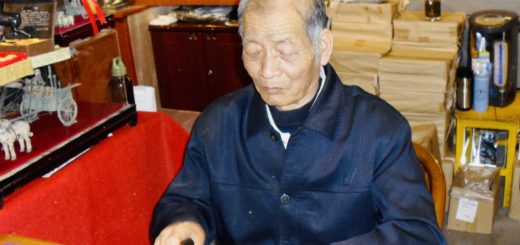
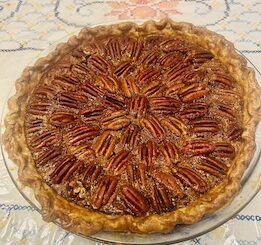

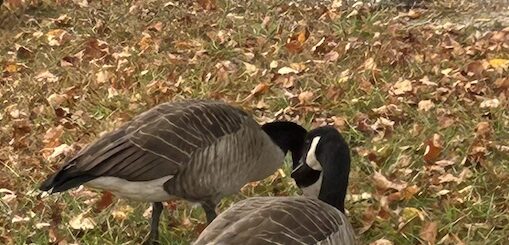
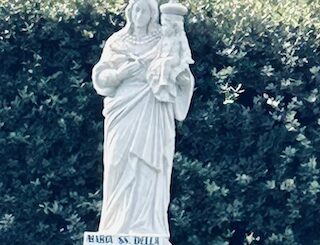
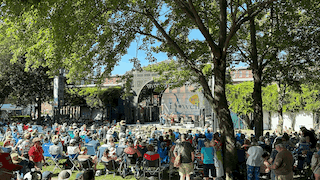
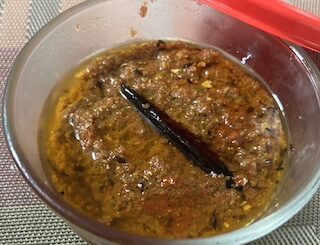
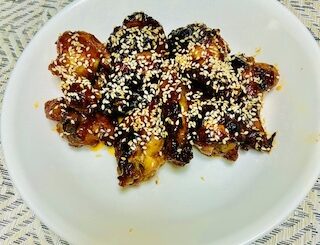
very interesting. feel like we were part of the journey .